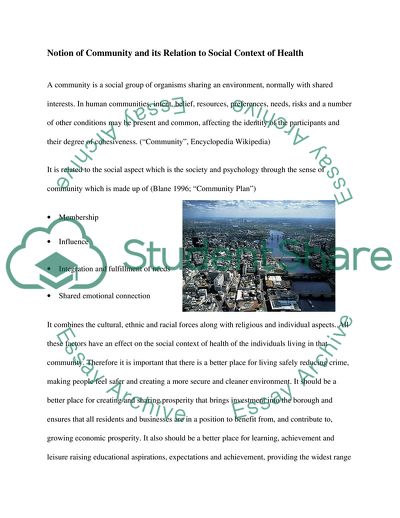Cite this document
(Notion of Community and Its Relation to Social Context of Health Case Study, n.d.)
Notion of Community and Its Relation to Social Context of Health Case Study. https://studentshare.org/social-science/1708315-social-contexts-of-health-locality-project
Notion of Community and Its Relation to Social Context of Health Case Study. https://studentshare.org/social-science/1708315-social-contexts-of-health-locality-project
(Notion of Community and Its Relation to Social Context of Health Case Study)
Notion of Community and Its Relation to Social Context of Health Case Study. https://studentshare.org/social-science/1708315-social-contexts-of-health-locality-project.
Notion of Community and Its Relation to Social Context of Health Case Study. https://studentshare.org/social-science/1708315-social-contexts-of-health-locality-project.
“Notion of Community and Its Relation to Social Context of Health Case Study”. https://studentshare.org/social-science/1708315-social-contexts-of-health-locality-project.


